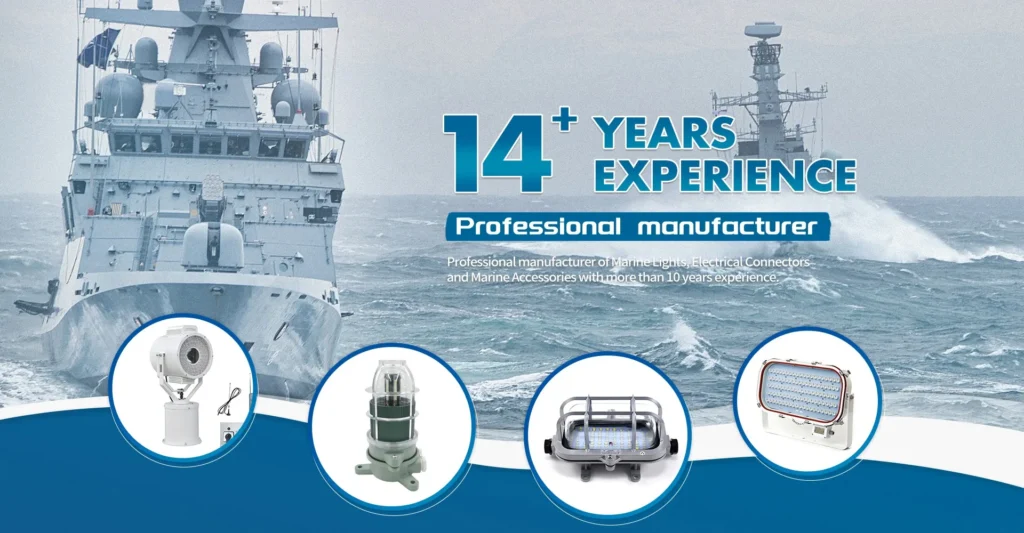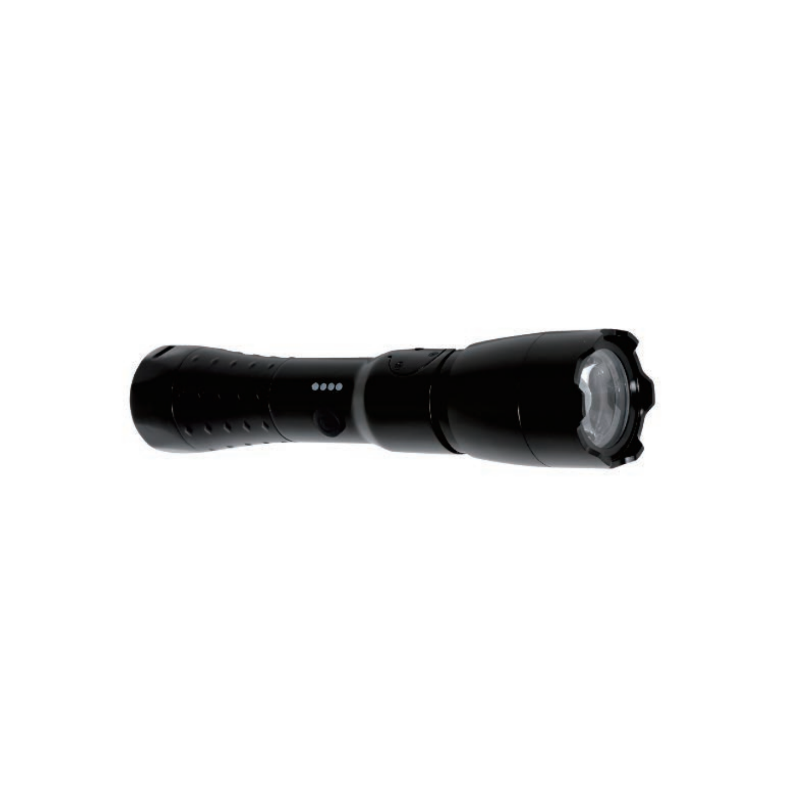Located in Egypt, the Suez Canal is a major international shipping route connecting Europe, Asia and Africa. Currently, the Suez Canal is managed by the Suez Canal Authority (SCA). Ships passing through the Suez Canal must comply with the Suez Canal Navigation Rules set by the SCA.

Searchlights should be equipped with the following conditions and technical requirements
It should be placed on the center line of the ship at the bow and illuminate the canal clearly.
Its technical requirements are as follows:
(1). The minimum irradiation distance of single beam irradiation is 1800m in front.
(2). The luminous intensity of a single beam provided by the lamp power shall not be less than 3×IC (3 million candelas), which is equivalent to a high-efficiency incandescent lamp with the following power:
- 2000 W for ships of 30 000 Suez gross tonnage and below.
- 3000 W for ships in the Suez Canal exceeding 30 000 gross tons.
- Or any type of lamp that meets the technical requirements in (2) and should be explosion-proof.
(3). The bulb and bracket should be made of highly corrosion-resistant materials and be able to work in both horizontal and vertical orientations.
(4). The front glass must be hardened and quenched.
(5). The reflector must be the highest quality precision ground glass mirror in two halves, or polished aluminum with a glass mirror reflectivity of at least 95%.
(6). The two reflectors can be combined together (zero position) to form a single reflector beam, or they can be split into two independent beams horizontally, each tilted at least 5 degrees in the horizontal plane, with a dark zone in between adjustable from 0° to 10° °.
(7). The searchlight barrel must be watertight (test pressure 0.25 kg/m2), and the electrical system (switches, plugs, sockets and cables) must be a Class 1 marine product with a protection level of IP55.
(8). For airtight searchlights on ships equipped with electrical equipment in hazardous areas (complying with the requirements of classification rules), in addition to safety ventilation, there should also be ventilation holes in the lamp body, and hoses can be installed on the drum to draw hot air from the lamp body. To facilitate the discharge of hot air inside the lamp. On ships carrying petroleum products, liquefied natural gas or flammable substances, or on ships that have not been degassed, hot air must be removed from non-flammable gas drains.
(9). The searchlight must have two lamp holders so that the bulb can be accurately rotated to the focus of the reflector (To keep the light accurately at the focus of the reflector), and its current must be turned on automatically.
(10). Searchlights must have a “type test” certificate. The type test must include lighting tests that meet the above technical requirements, and the certificate should be issued by the classification society. The original certificate should be submitted to Suez Canal officials and the searchlight will be accepted after testing by SCA inspectors.
On all ships referred to in 2(8) above, the searchlight cables and all their electrical connections must be permanently fixed, insulated and gas-tight.
The cable end close to the searchlight should be provided with a fixed, gas-tight explosion-proof socket.
On ships using electric propulsion or electric drive (such as steering gear, winch, etc.), the number of generators and the output power of each generator must be sufficient to ensure that if one of the generators stops running, the ship can Work intermittently. Searchlight operation. All ships do not comply with this rule unless they have separate generator and searchlight circuits on board.
If electrical connections and/or searchlights do not comply with regulations, vessels will only be able to transit the canal during daylight hours, which will cause delays. For ships transiting the canal for the third and subsequent times, additional fees will be charged if searchlights and/or electrical connections do not meet requirements.





